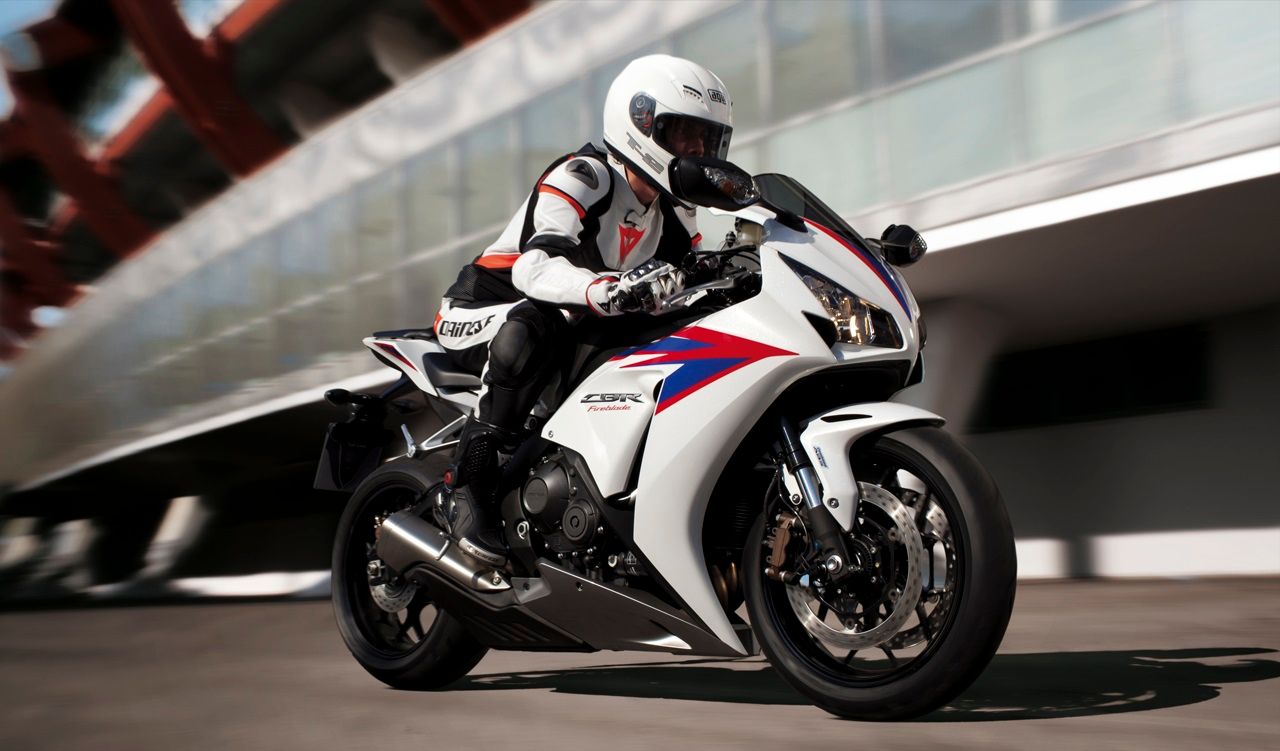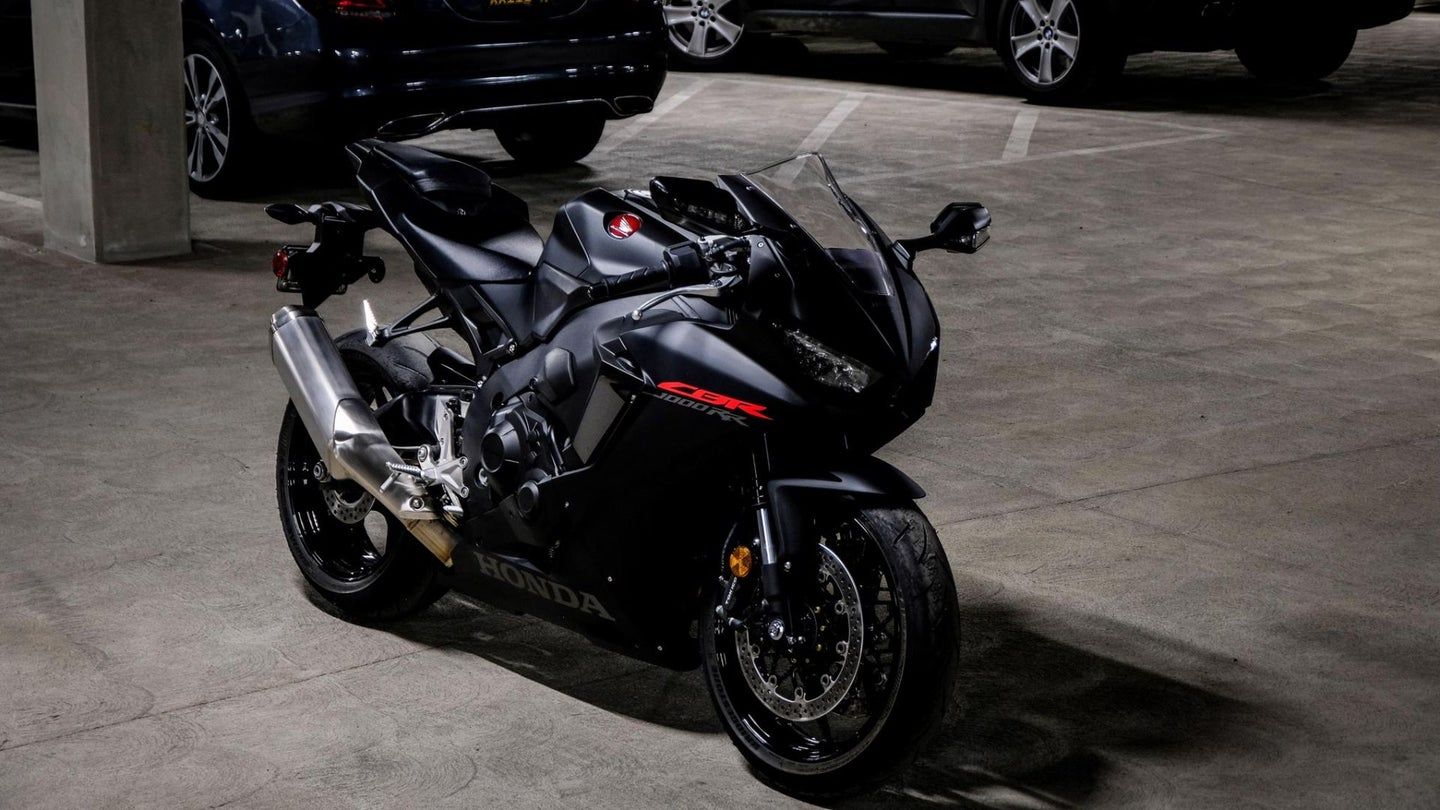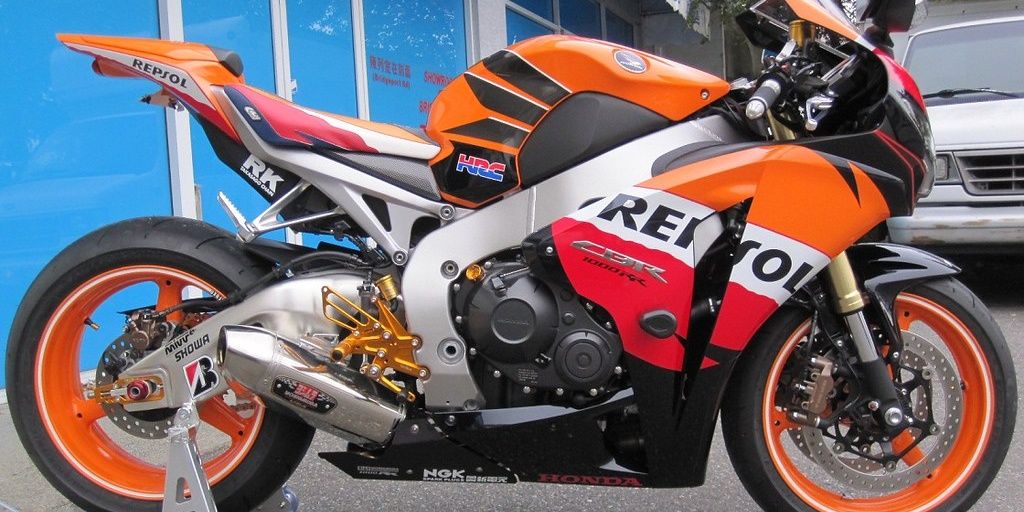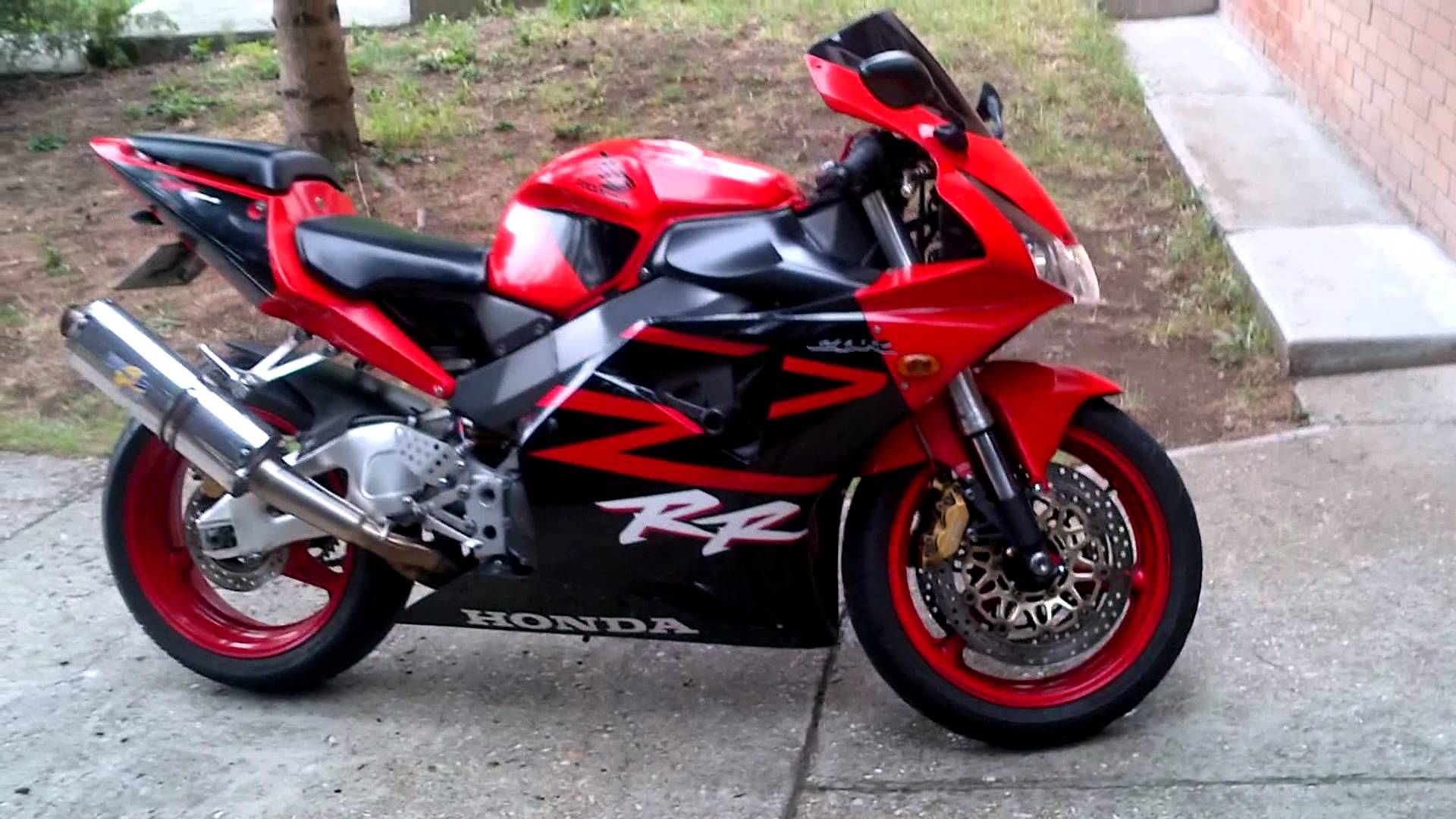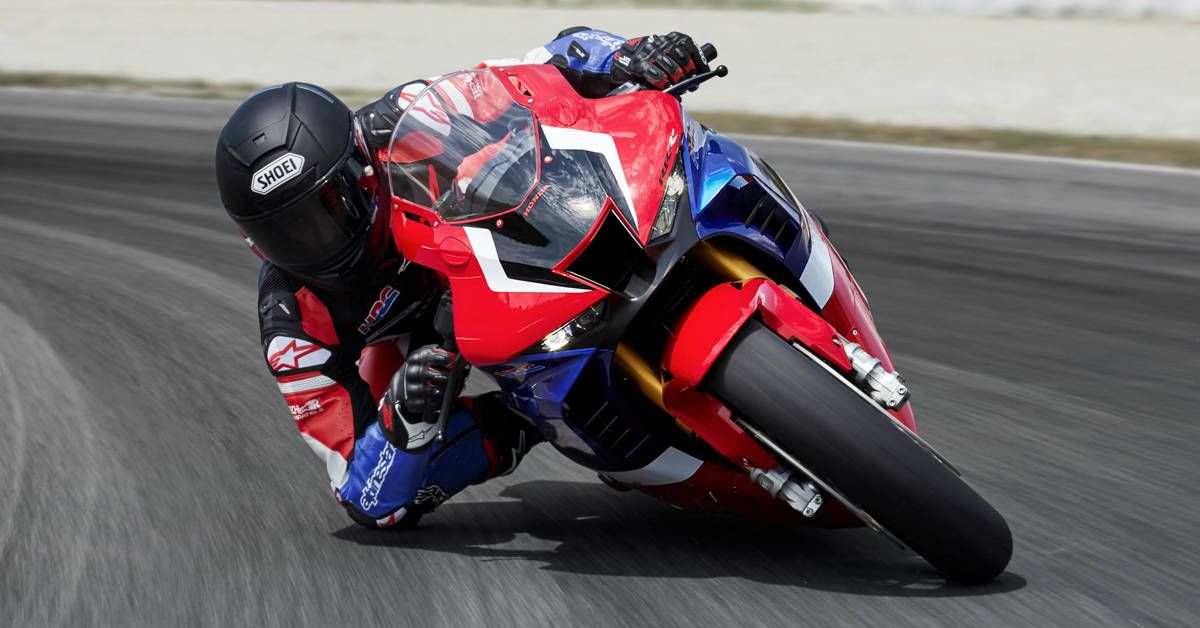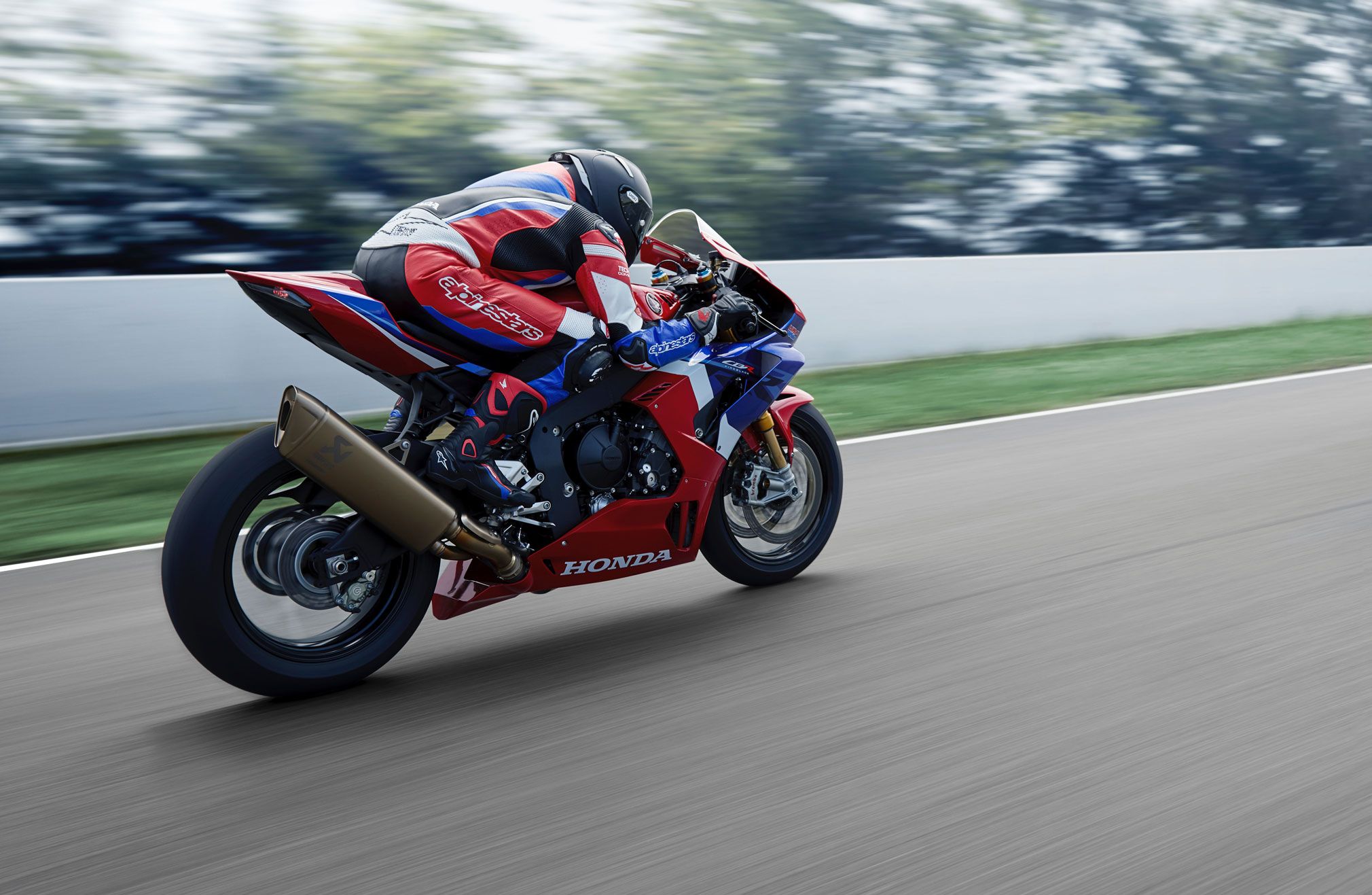In the early 90s, pretty much every manufacturer was focussing their attention on the 750 class. It was an obvious angle as this was where they could homologate their road bikes for SBK competition, still, the only FIA-approved series where legitimate road-going bikes compete.
Bikes with a capacity of more than a liter were powerful, but incredibly heavy and virtually impossible to deal with on a track, or a canyon road for that matter, as a result, they remained on the market as more of a niche product for those who didn’t care too much about cornering. Honda broke the mold with their first 900cc FireBlade, out accelerating the freight trains in the 1000cc class and weighing just as much, and in some cases less, than the 750cc class bikes.
10 What’s In A Name
As it turns out, the FireBlade name was more of a happy accident than something that was thought through long and hard by a branding team.
It was meant to be called the “Lightning” but the name was incorrectly translated from Japanese and the decal read “FireBlade” (makes sense if you think about it). It never looked out of place on the bike though, and it has since become one of the most iconic names in the world of superbikes.
9 Round Eye Revolution
Launched in 1992, it was way ahead of its time. They took their planned 750 and bored it out to 893cc, which gave the bike considerably more pull.
In a time where most sportbikes struggled to make 100 horsepower, the FireBlade made 122. It was lighter and handled better than just about any 750cc bike made available to the public.
8 More Refined Second Generation
The first generation was more about raw power, so it was anything but civilized. Although today you would pay substantially more for a first-generation bike in good condition (happy hunting) the second “foxeye” bikes are far more usable.
Although the explosive nature was tamed slightly it actually made marginally more power, so if you don’t mind losing the round light look, this should be the 900 for you.
7 Healthy Competition
Well, healthy for the consumer, not necessarily good for sales. In 1998 Yamaha changed the game once more, as soon as the R1 (pictured) was on the market Honda lost their crown.
From then on they became almost obsessed with beating the R1, it forced them to improve their bike and push performance boundaries in the quest of sales.
6 Baba Bids Adieu With The 954
By the early 2000s, they were getting a reputation for always being the runner-up, with the R1 able to stay ahead of them in the superbike arms race. Tadao Baba and his team were determined to beat the R1, and with the 954 they most certainly did.
It was lighter, faster, and in many ways easier to ride than the R1 and is arguably the most underrated FireBlade. It would also be the last that Baba, the man who developed the first FireBlade, would have a hand in before his retirement. Unfortunately for Honda, they had become so obsessed with beating Yamaha that they pretty much forgot about the rest, Suzuki capitalized on this when they launched the all-conquering GSX-R1000, the first truly modern superbike, the same year.
5 A Different Fireblade Is Born
Not only did the name change a little, but the whole design and feel of the bike changed with it, as it was pretty much a clone of the RCV race bike.
Once again Honda had developed something pretty special, but the competition, this time the crossplane Yamaha R1, K5 Gixxer (pictured), and the Kawasaki ZX-10R, stayed well ahead of them in 2005.
4 Refinement First
For the first time since they launched the first Blade, Honda had seemingly stopped paying attention to what the competition was doing.
As a result, they focused more on what they do well and came up with one of the most refined superbikes money can buy. In 2007, James Toseland would win the SBK world title on this bike, finally giving Honda some bragging rights.
3 Supreme Quality
One thing that always sets Honda motorcycles apart from the rest is their commitment to quality, everything on their bikes feels solid and purposeful.
Even these highly strung superbikes are incredibly reliable, more reliable than any other manufacturer by some distance. They are built to last and can take some serious abuse in their stride.
2 Safest Used Superbike
High-performance bikes are terribly hard to justify buying used, there is always an element of risk as these are the machines usually subject to the most abuse.
If you are going to do it, the safest way to go is always Honda and by extension the FireBlade. They are incredibly durable machines, and if you do go in this direction, look no further than the 954. It is a truly special bike that will one day be recognized as a classic, for now, they remain affordable.
1 Too Many Rs
The new Fireblade or CBR1000RR-R is easily the most advanced and by some distance the most powerful iteration of the bike. It will come standard with several safety features and will dominate on track.
It is, without question, a very good bike, but it just feels like it is once again trying too hard to compete. Honda is usually best when they focus on their own thing; everyday usability.

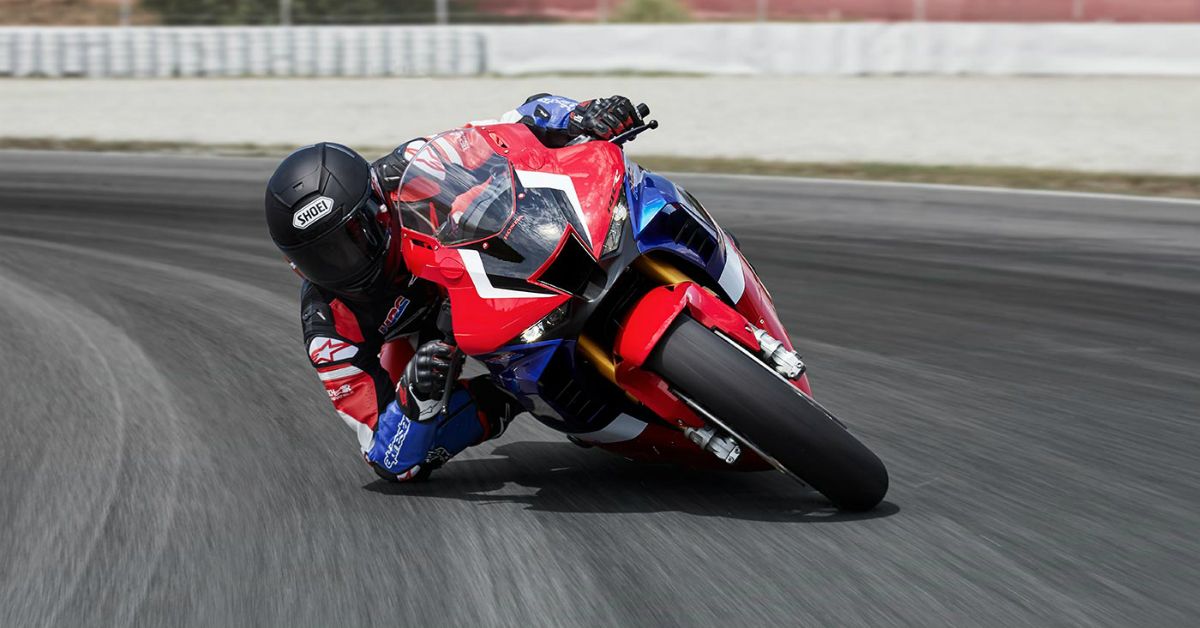
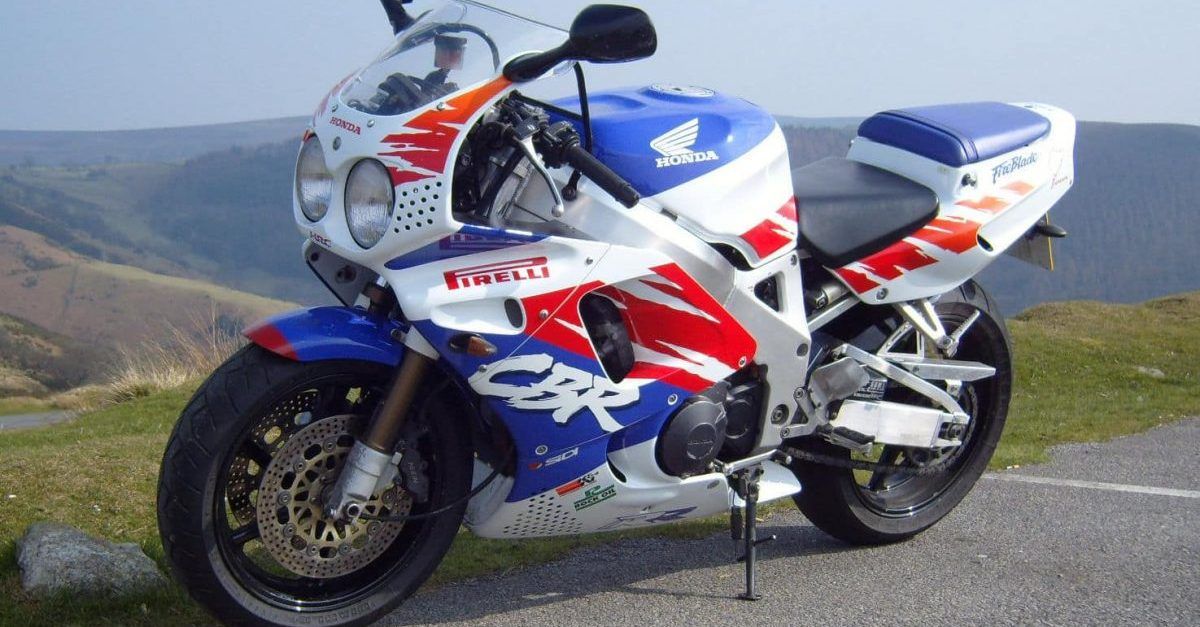
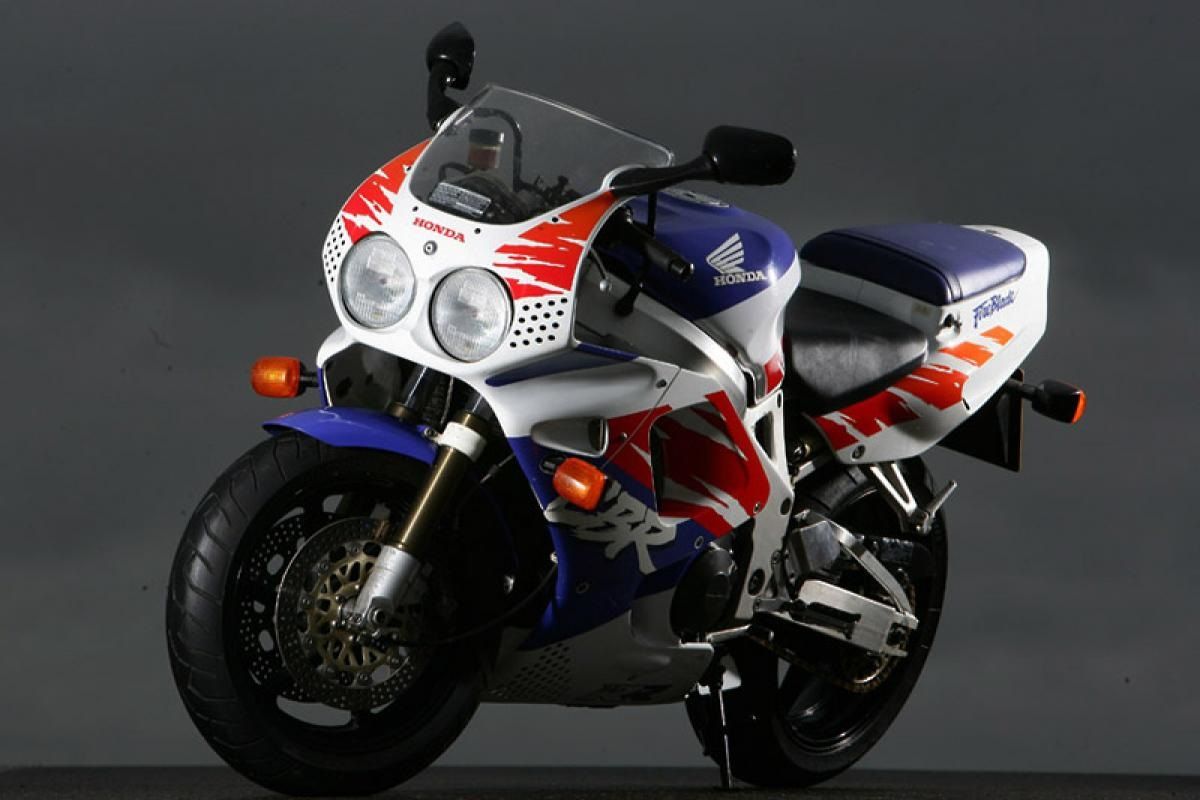
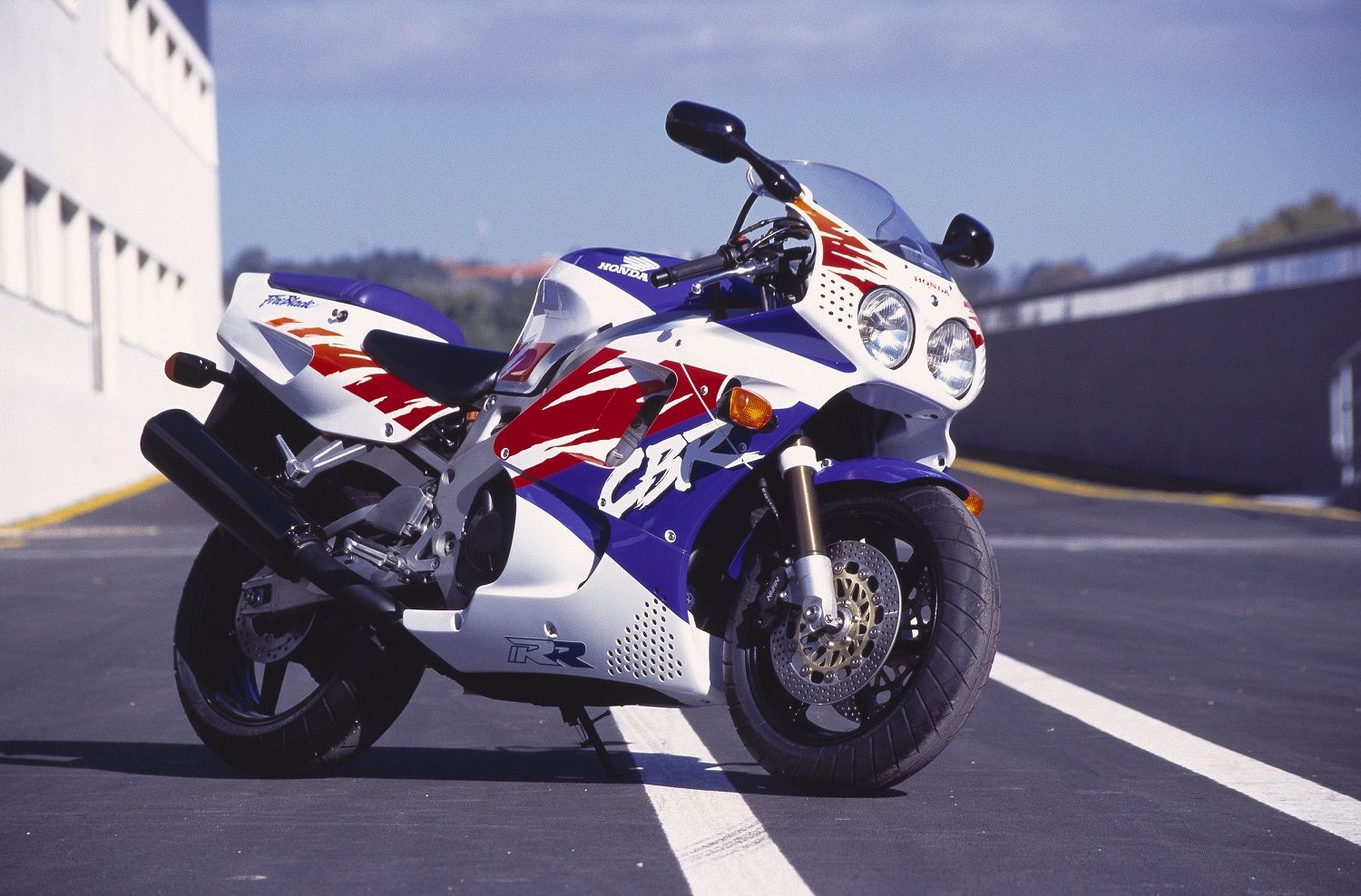
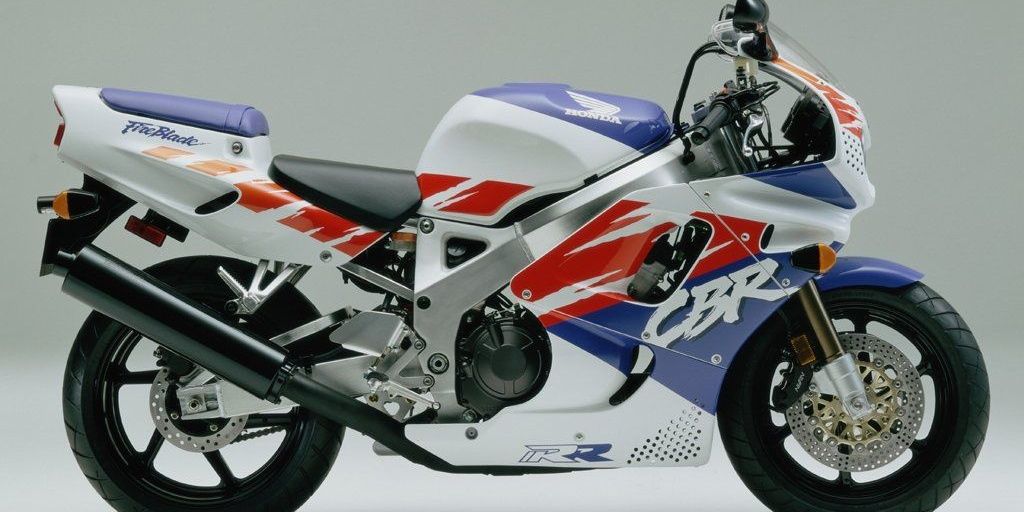
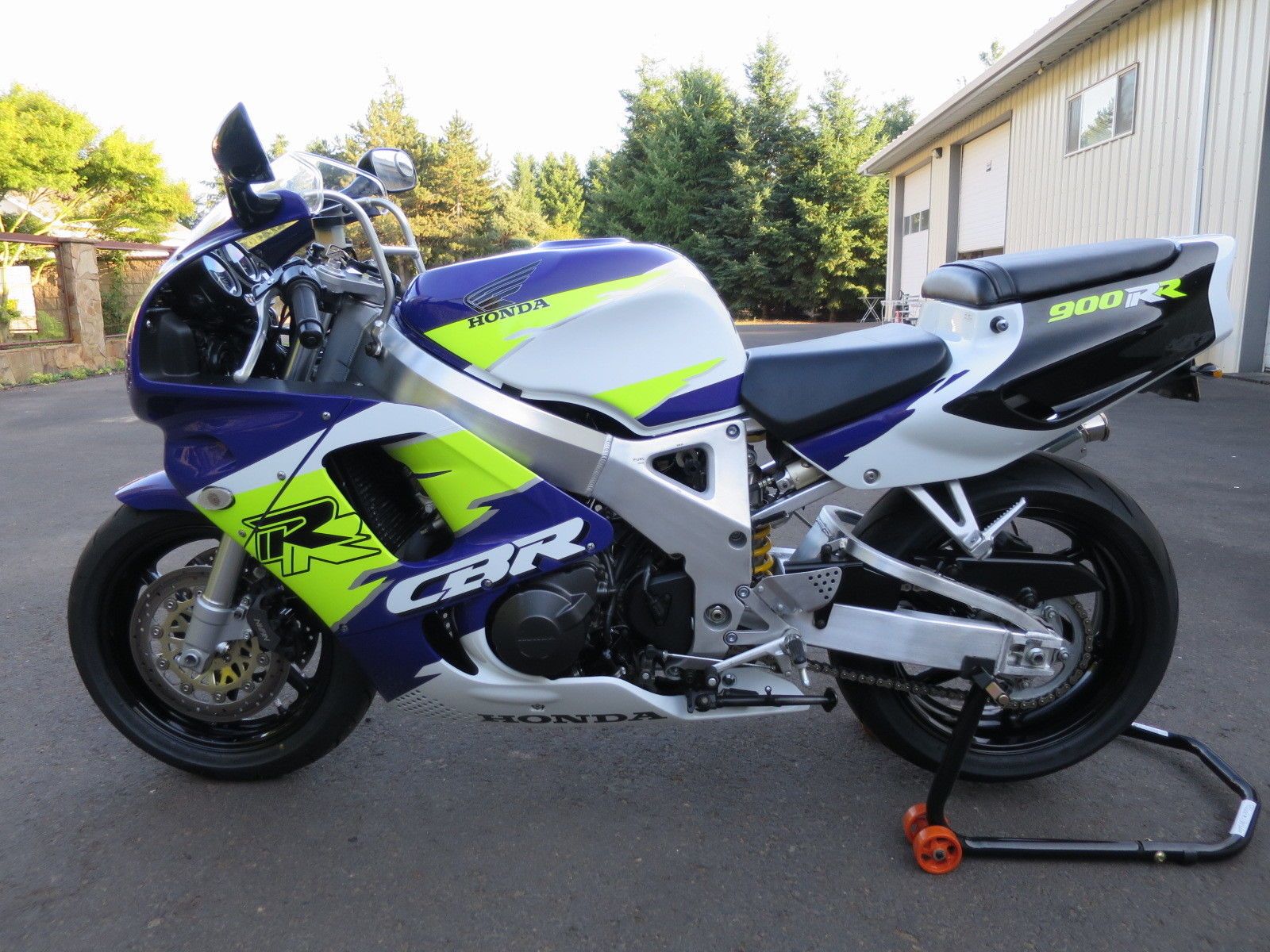
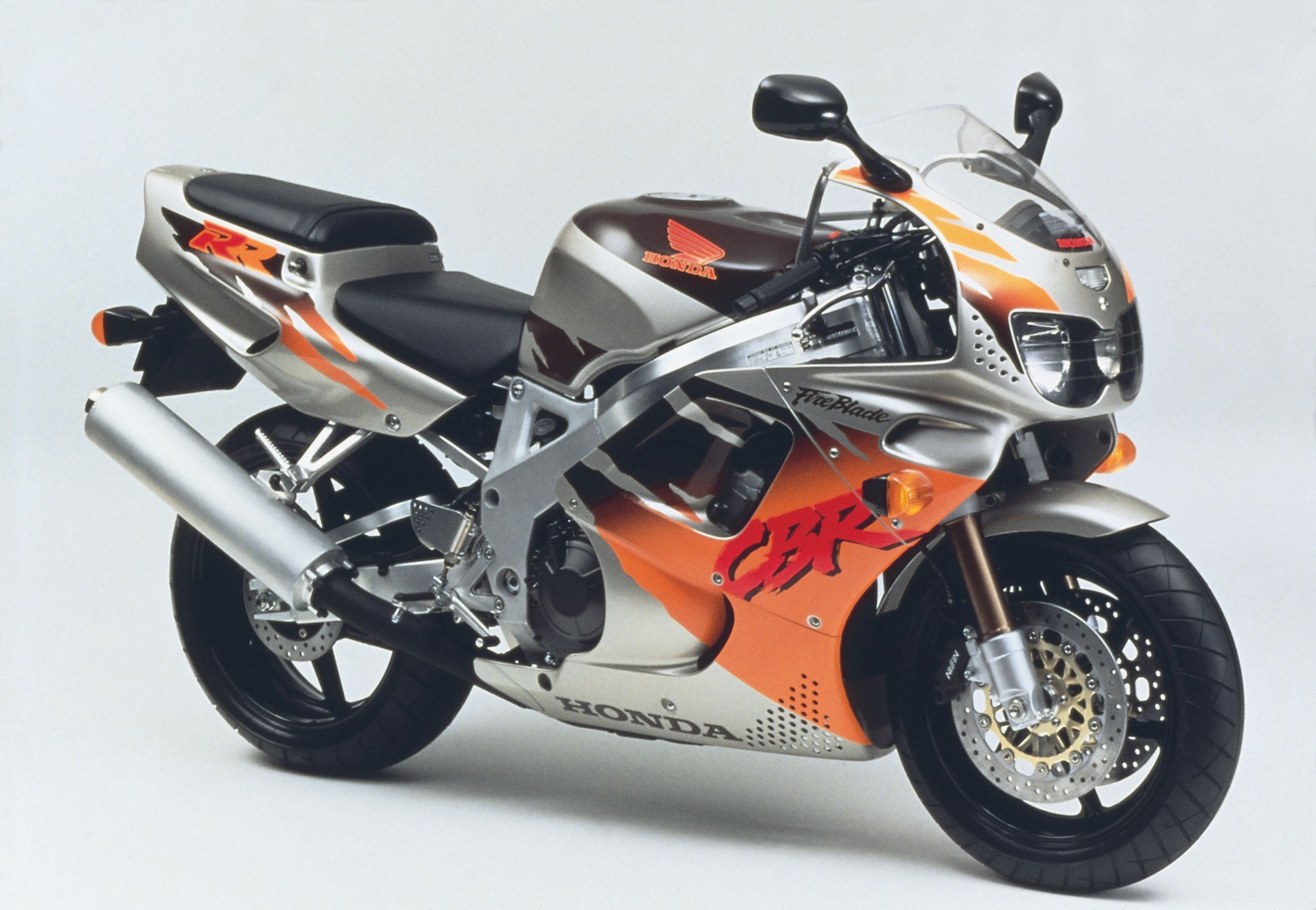
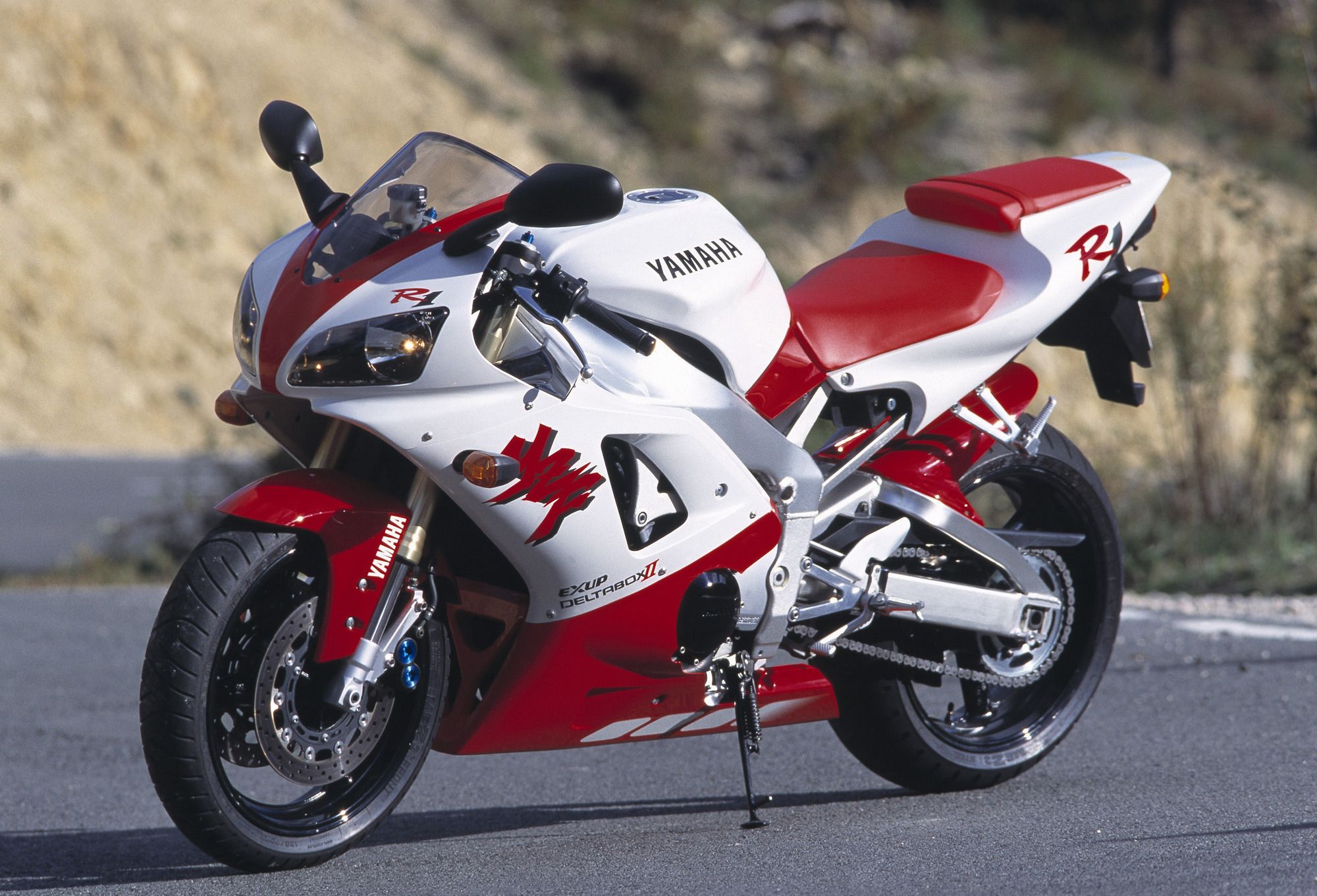
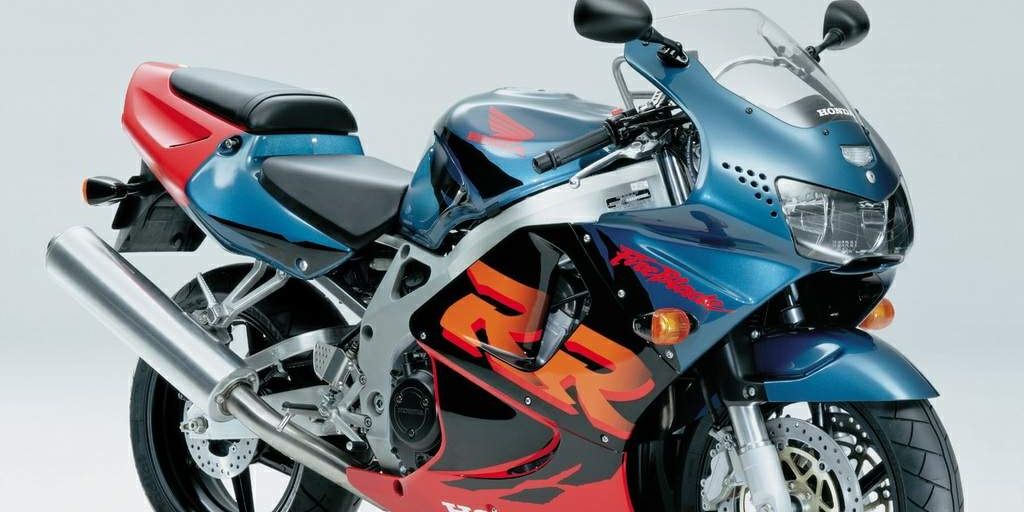
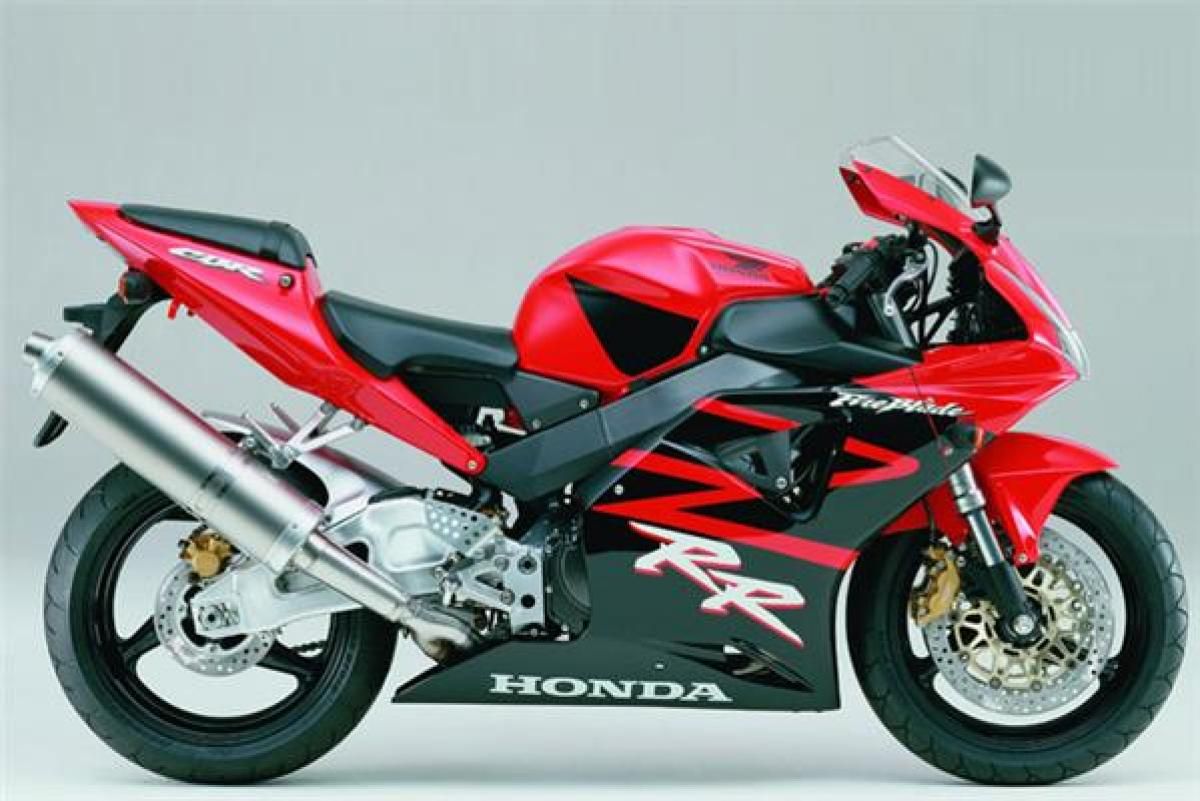
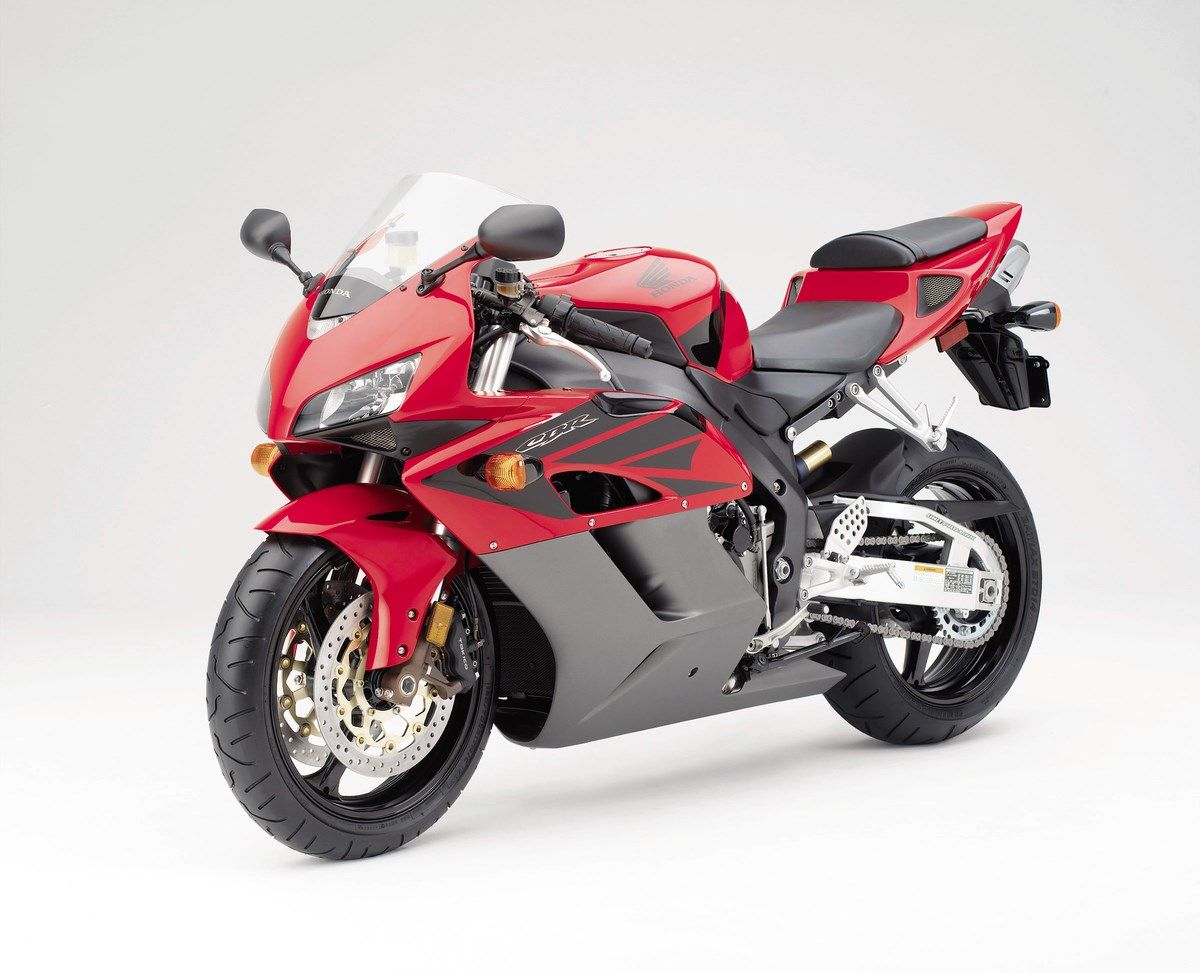
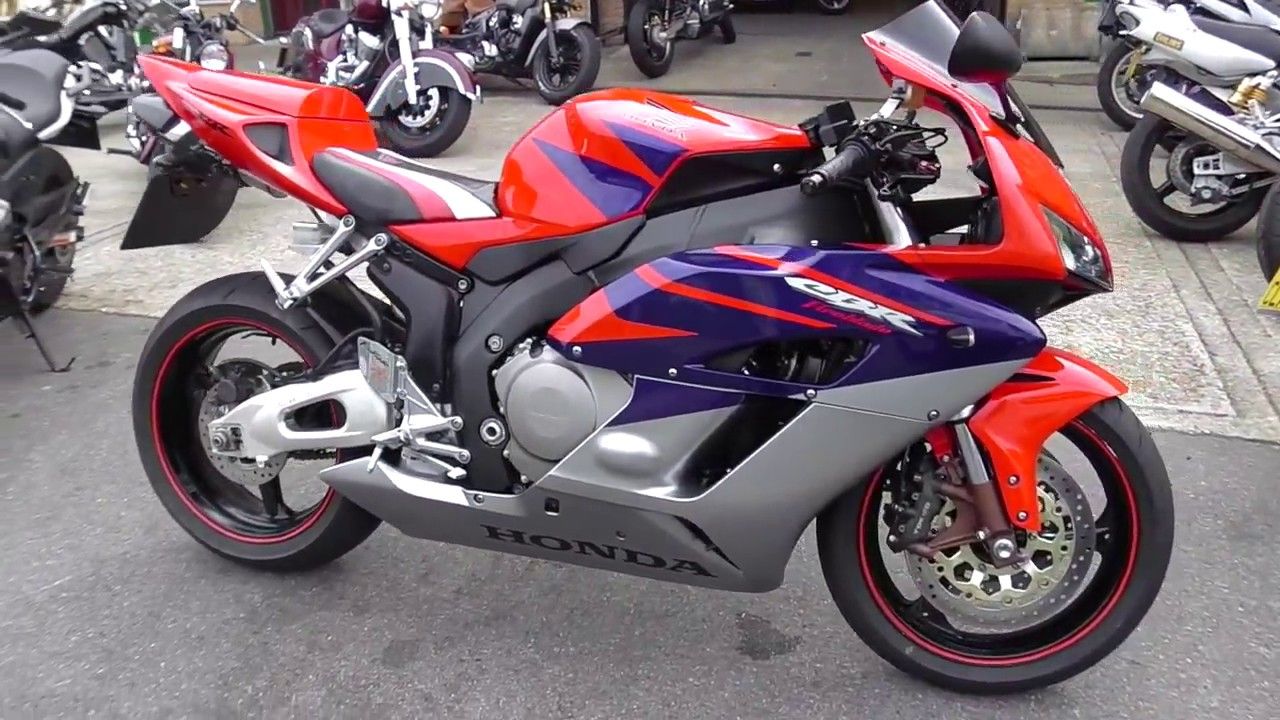
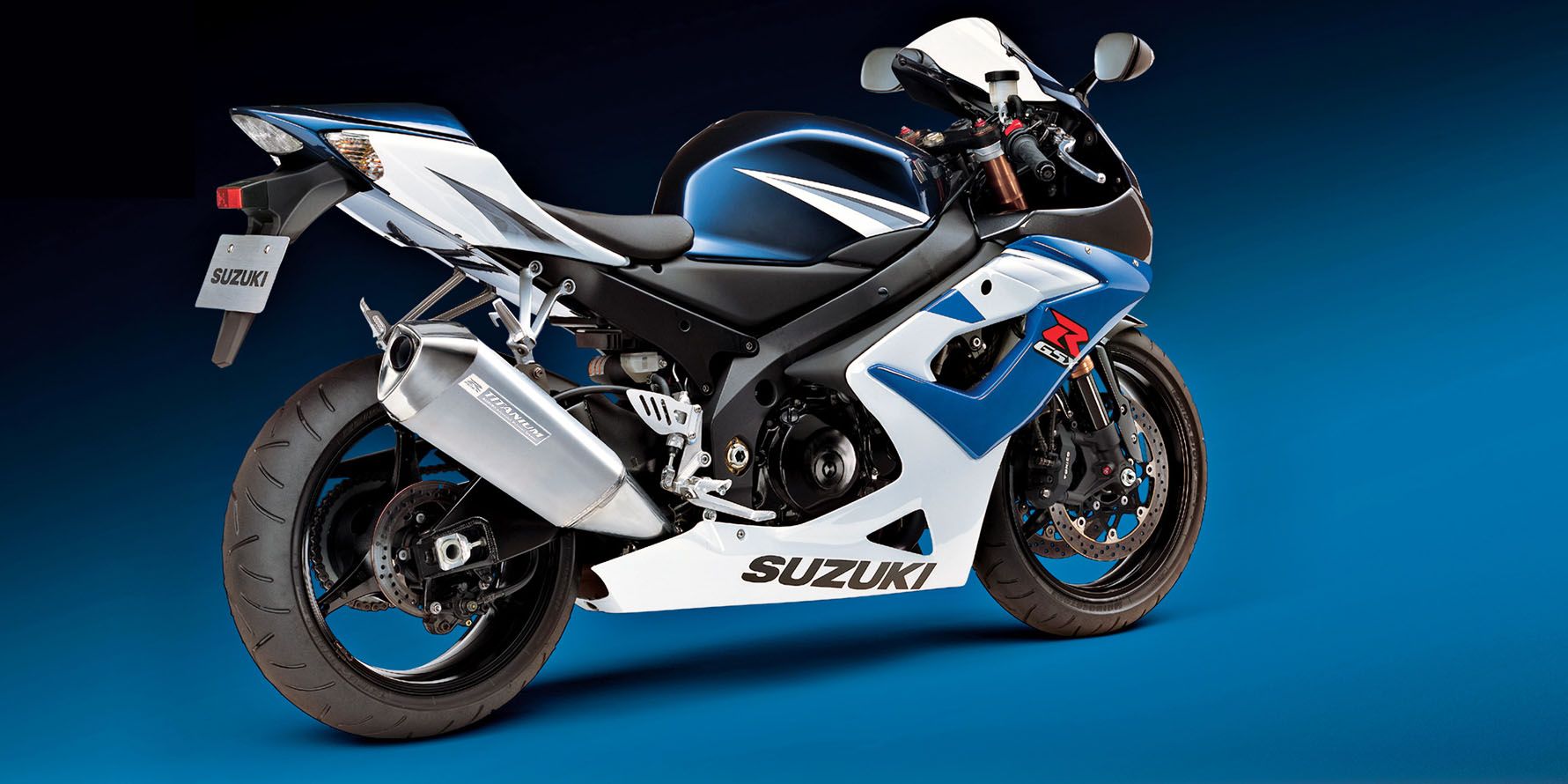
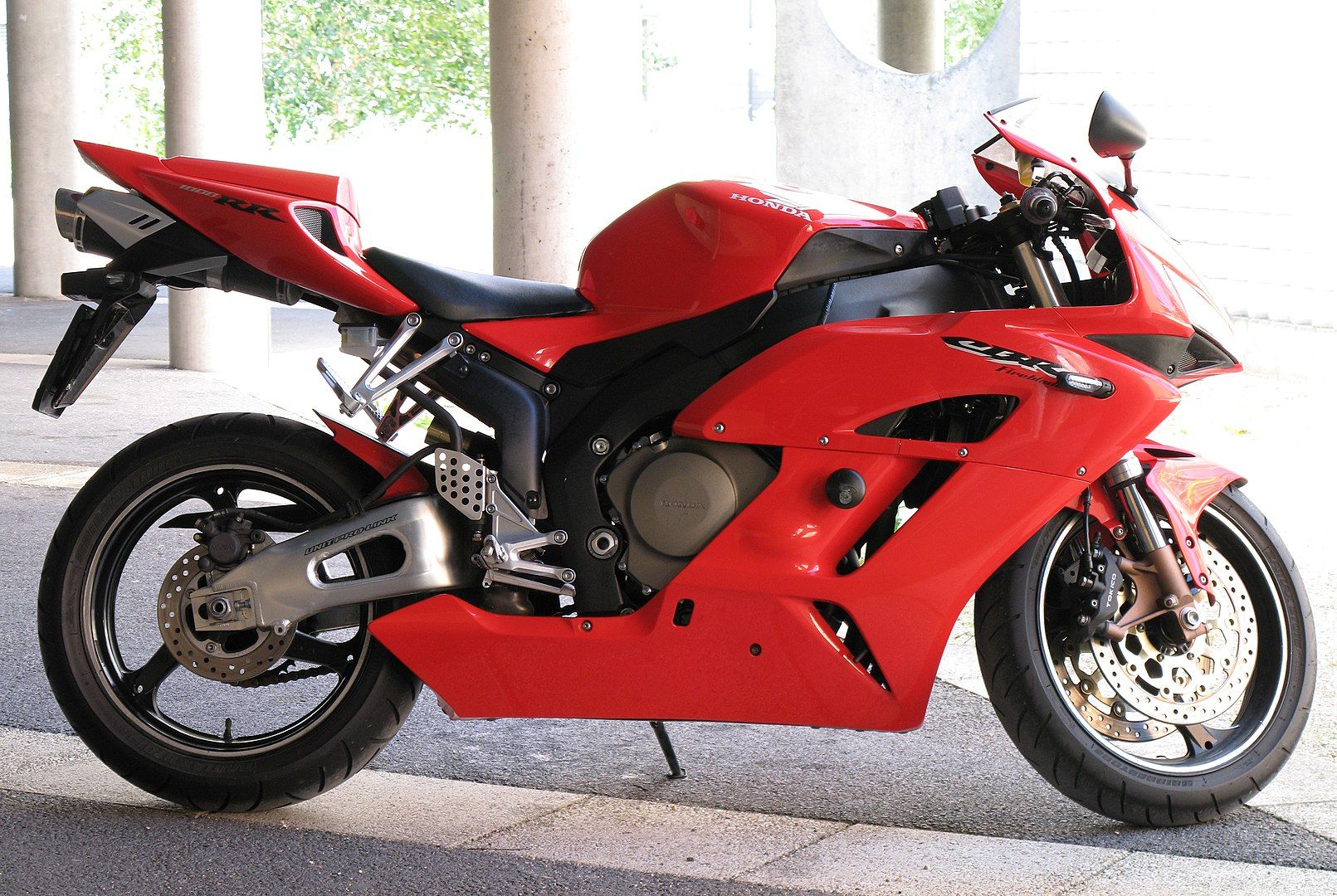
.jpg)
